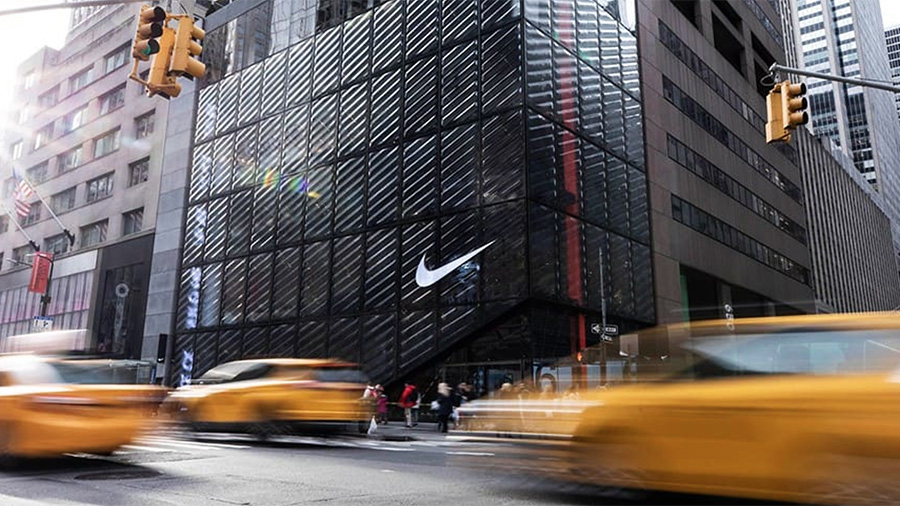“As I said before, and I’ll say again, these are times when strong brands can get stronger, and that’s what Nike did this past year,” said John Donahoe, Nike’s president and CEO, at the company’s 41st annual meeting. He attributed much of the gains to progress coming from its Consumer Direct Acceleration strategy.
Author: Thomas J. Ryan
Thomas J. Ryan
Senior Business Editor | SGB Media
tryan@sgbonline.com | 917.375.4699

On Holding Attracts Bullish Wall Street Coverage
On Holding AG attracted largely positive ratings from Wall Street as the quiet period related to its initial public offering ended.

Solo Brands Looks To Become Outdoor’s Digital DTC Disruptor
Solo Brands, the parent of Solo Stove, Oru Kayak, ISLE Paddle Boards, and Chubbies apparel, filed for an initial public offering to cement its position as the “leading digitally-native DTC lifestyle disruptor” in the outdoor space

Inside The Call: Levi’s Eyes Multiple Growth Opportunities From Beyond Yoga Acquisition
In his first comments to the investment community on Levi Strauss’ acquisition of Beyond Yoga, Chip Bergh, Levi’s president and CEO, cited opportunities to expand the Los Angeles, CA-based yoga brand into retail, men’s and international as well as take advantage of growth momentum in the overall performance athletic category.

Inside The Call: Hydro Flask Delivers Solid Growth In Second Quarter
According to the quarterly call of its parent, Helen of Troy, Hydro Flask saw “broad-based strength” in its second quarter, ended August 31, in domestic brick and mortar sales, driven by retailers increasing orders to replenish a more robust back-to-school season and healthy holiday ordering.
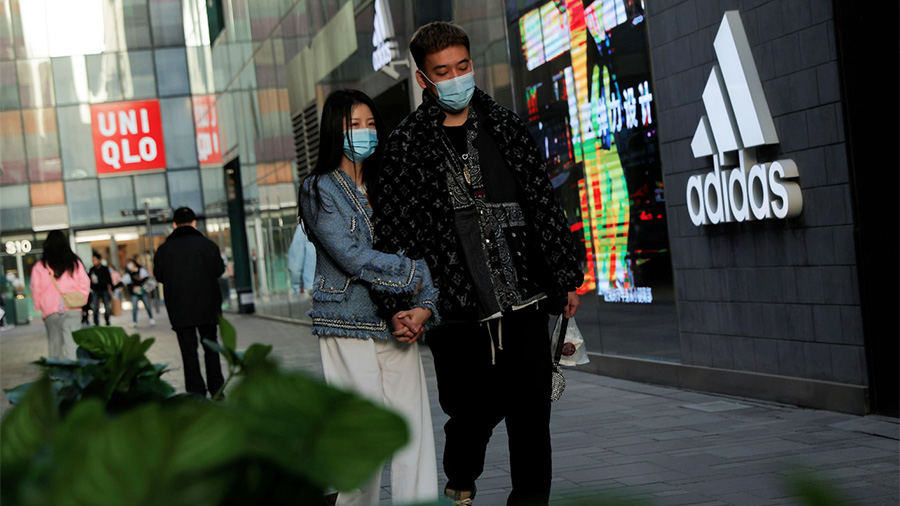
Adidas Sees Stock Downgrade On China And Supply Chain Concerns
Bank of America downgraded Adidas to “Underperform” from “Neutral” due to uncertainty around China’s recovery and supply-chain issues, coupled with ongoing market share losses.

Nike, Lululemon, Crocs, And Converse Scoring With Teens
Piper Sandler’s 42nd Semi-Annual Gen-Z Fall Survey found athletic apparel and footwear continue to retain strong appeal among teens. Within apparel, Nike and Lululemon reached new highs in preference. Within footwear, while Nike reigned supreme, Converse and Crocs gained share whereas Vans declined.

Bank Of America Sees Five Megatrends Behind Sportswear
In a new report, Bank Of America identified five “megatrends” expected to drive sports apparel and footwear categories in the years ahead: Health & Wellness, Female Sports Participation, Hybrid Working Models, Affordable Luxury, and Sustainability.

Inside The Call: Smith & Wesson To Leave Massachusetts After 150 years
On a call with analysts, Smith & Wesson Brands Inc. CEO Mark Smith said that the firearms giant had no recourse but to leave the state of Massachusetts after 150 years to relocate in Tennessee due to proposed legislation that will hurt business.

Bank of America Turns Bearish On Kohl’s And Foot Locker Amid Supply Chain Turmoil
Bank of America slashed its rating on Kohl’s to “Underperform” from “Buy” due to supply chain constraints while reinstating its rating on Foot Locker at “Under Perform,” also citing supply-chain issues as well as waning stimulus dollars.

Is DTC More Profitable For Brands Than Wholesale?
A new study from BMO Capital Markets found that although many brands are aggressively shifting towards direct-to-consumer, underlying profitability may be better selling through wholesale channels.
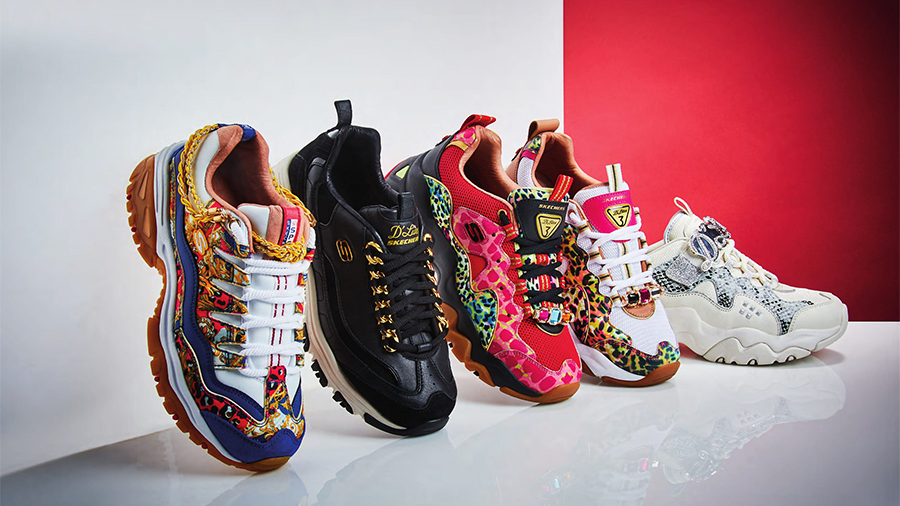
Skechers CFO Discusses Supply Chain Uncertainty
At a virtual fireside chat at Morgan Stanley Global Sporting Goods Day, John Vandemore, CFO, Skechers USA, said the footwear giant has limited exposure to Vietnam compared to the brand’s competitors but still faces many unknowns due to the overall supply chain disruption.

Sweaty Betty’s CEO Discusses Synergies From Wolverine Worldwide’s Acquisition
At the Financial Times’ Future of Retail digital seminar, Sweaty Betty’s CEO Julia Straus discussed the many ways she expects Wolverine Worldwide’s acquisition of the U.K-based women’s activewear brand to pay off.
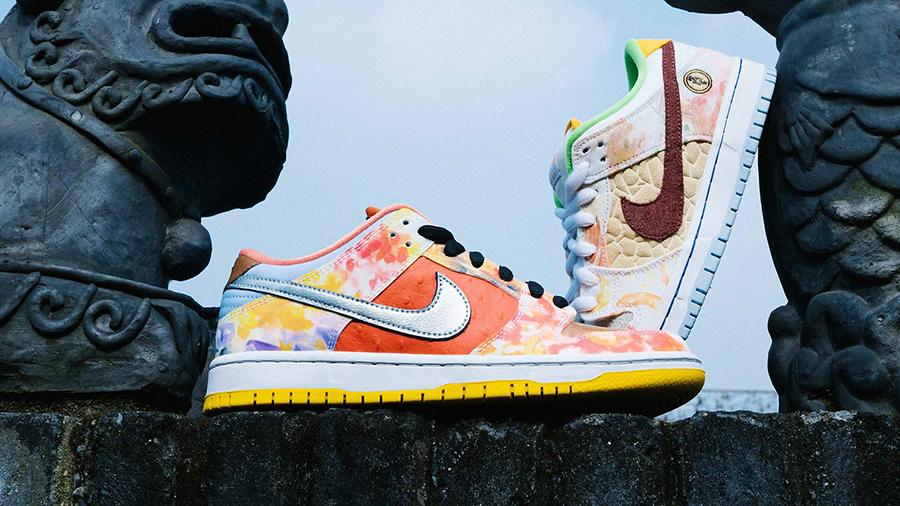
Wall Street Reacts: Nike’s Q122
Shares of Nike Inc. fell 6.2 percent on Friday after the athletic giant slashed its growth outlook for the current year due to COVID-19-driven port congestion and factory shutdowns in Vietnam. A few analysts remained cautious on Nike’s stock given the uncertainty around the supply chain and China growth but Wall Street remains bullish on the brand’s long-term growth prospects.
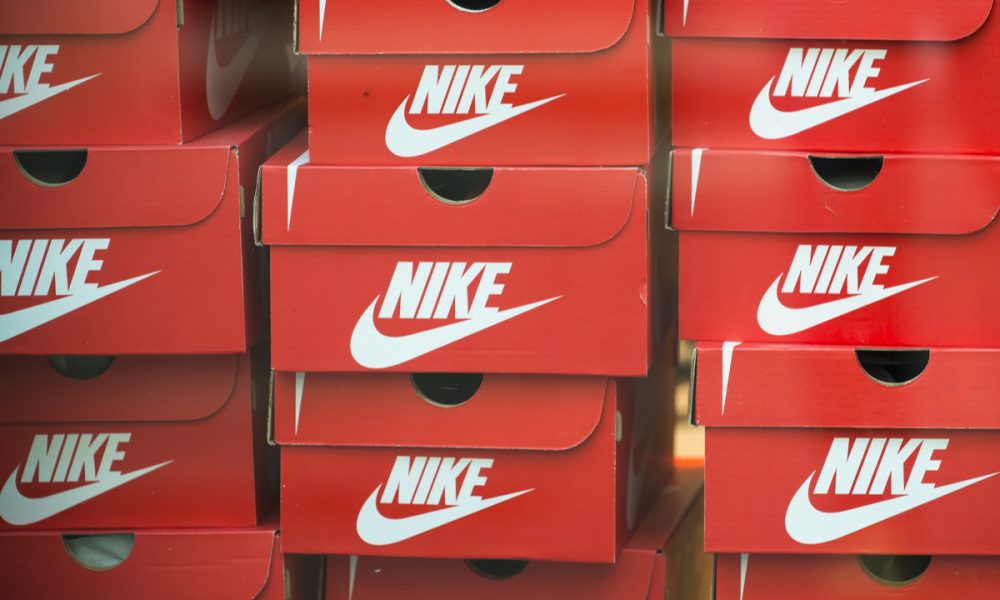
Inside The Call: Nike Slashes Outlook On Supply Chain Woes
Nike Inc. said demand for the Nike Brand remains robust, but the combination of port congestion and COVID-19-driven factory shutdowns in Vietnam will cause sales for its current fiscal year to come in well below targets. Inventory shortages are also expected to continue until the second half of the calendar year 2022.

